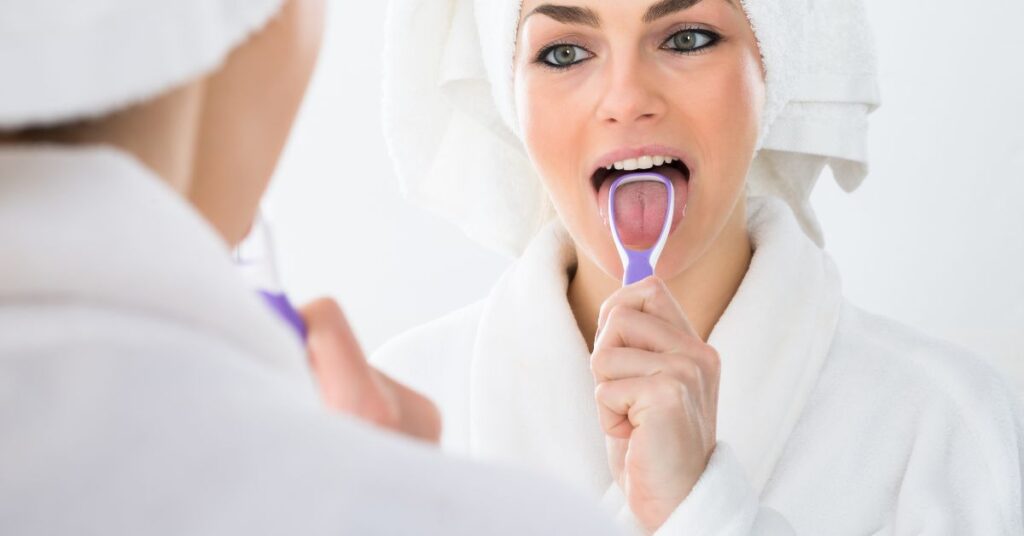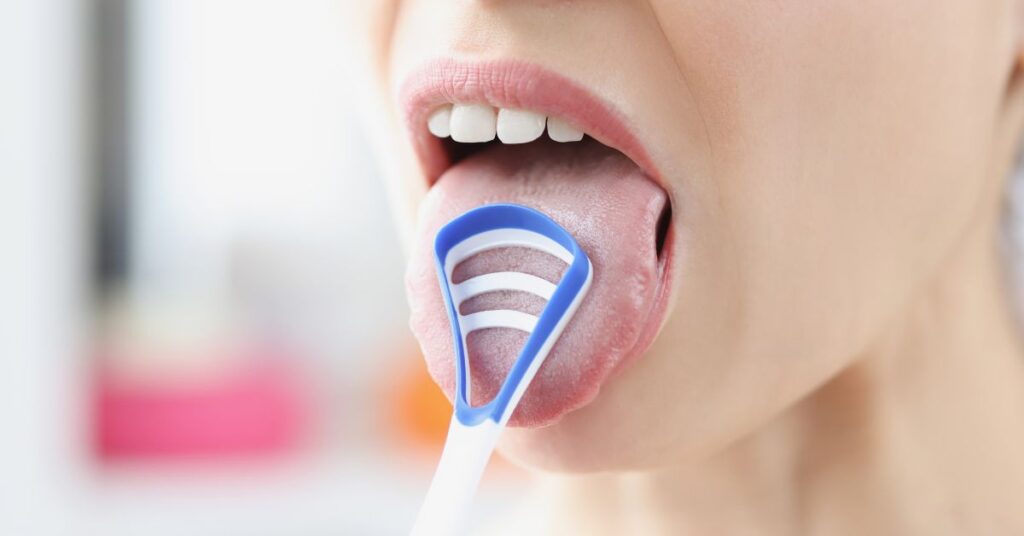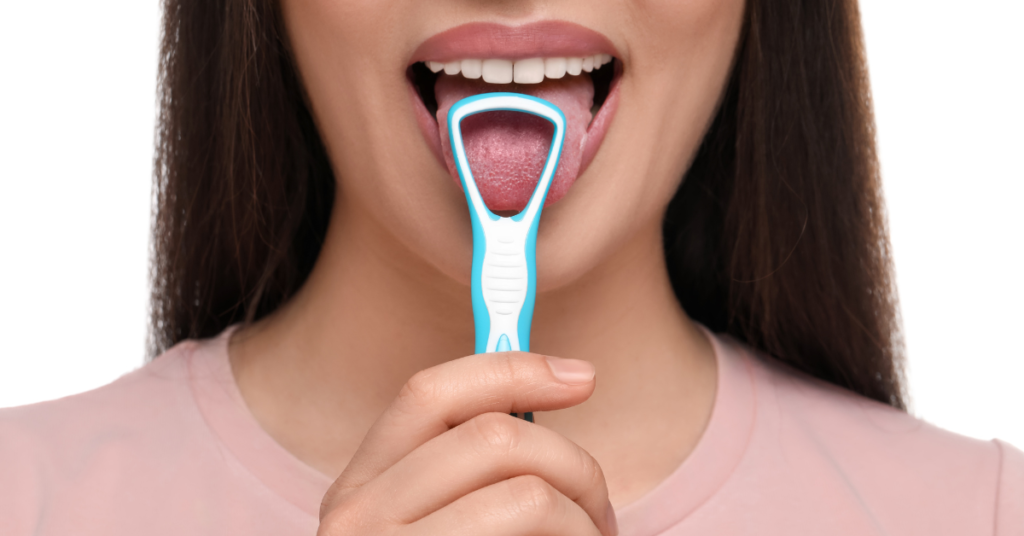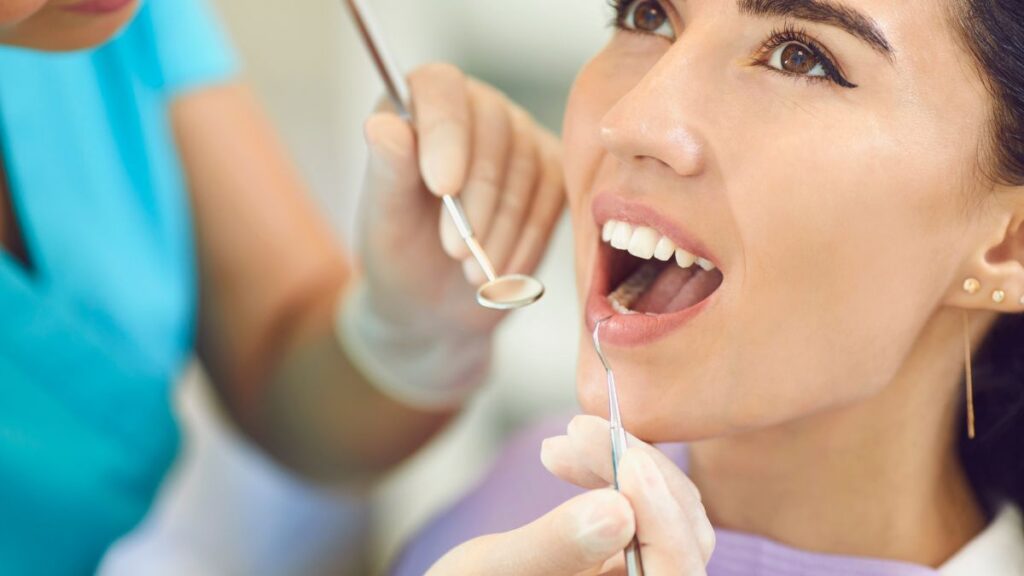
Introduction
What is tongue cleaning?
Tongue cleaning is the practice of removing bacteria and debris from the surface of the tongue. It is an important part of oral hygiene, as it can help prevent bad breath, tooth decay, and gum disease.
The importance of tongue cleaning
The tongue is home to a variety of bacteria, some of which can be harmful to oral health. When these bacteria are not removed, they can form a biofilm on the surface of the tongue, which is known as plaque. Plaque can lead to tooth decay, gum disease, and bad breath.
Tongue cleaning can help to remove plaque and bacteria from the tongue, which can help to prevent these oral health problems. It can also help to improve the sense of taste and freshen the breath.
How to clean your tongue
There are a number of different ways to clean your tongue. One simple way is to use a toothbrush. Simply brush your tongue gently for 30 seconds after brushing your teeth. You can also use a tongue scraper, which is a specially designed-tool for cleaning the tongue.
To use a tongue scraper, place it at the back of your tongue and gently scrape it forward. Repeat this 5-10 times. Be sure to rinse your mouth with water after cleaning your tongue.
How often should you clean your tongue?
It is recommended to clean your tongue once or twice a day, after brushing your teeth.
The benefits of tongue cleaning

Tongue cleaning is a simple but effective way to improve your oral health and overall well-being. Here are some of the key benefits of tongue cleaning:
- Prevents bad breath (halitosis): The tongue is one of the main sources of bad breath, as it harbours bacteria that produce volatile sulfur compounds (VSCs). These compounds are responsible for the unpleasant smell associated with bad breath. Tongue cleaning can help to remove these bacteria and VSCs, resulting in a fresher breath.
- Reduces the risk of tooth decay: Plaque, a sticky film of bacteria and food particles, can build up on the tongue and teeth. If plaque is not removed, it can harden into tartar, which can lead to tooth decay and cavities. Tongue cleaning can help to remove plaque from the tongue, reducing the risk of tooth decay.
- Improves gum health: Gum disease is caused by inflammation of the gums, which can be triggered by bacteria and plaque buildup on the tongue. Tongue cleaning can help to remove bacteria and plaque from the tongue, reducing the risk of gum disease.
- Improves the sense of taste: The tongue is covered in taste buds, which allow us to taste food. When the tongue is coated with plaque and bacteria, it can interfere with the sense of taste. Tongue cleaning can help to improve the sense of taste by removing plaque and bacteria from the tongue.
In addition to these benefits, tongue cleaning has also been shown to:
- Reduce the risk of cardiovascular disease: Studies have shown that people with gum disease are at an increased risk of cardiovascular disease. Tongue cleaning can help to reduce the risk of gum disease, which may also reduce the risk of cardiovascular disease.
- Improve sleep quality: Some studies have suggested that tongue cleaning may improve sleep quality. This may be because tongue cleaning can help to reduce inflammation and improve oral health, both of which can contribute to better sleep.
Overall, tongue cleaning is a simple and effective way to improve your oral health and overall well-being. It is recommended to clean your tongue once or twice a day, after brushing your teeth. You can use a toothbrush or a tongue scraper to clean your tongue. Be sure to brush or scrape gently to avoid irritating your tongue.
How to choose a tongue scraper

There are a variety of different tongue scrapers available on the market, so it is important to choose one that is right for you. When choosing a tongue scraper, consider the following factors:
- Material: Tongue scrapers are typically made of plastic or metal. Plastic tongue scrapers are more affordable and less likely to damage the tongue, but they may not be as effective at removing plaque and bacteria as metal tongue scrapers. Metal tongue scrapers are more durable and effective at removing plaque and bacteria, but they can be more expensive and may irritate the tongue if not used gently.
- Shape: Tongue scrapers come in a variety of shapes, including U-shaped, V-shaped, and W-shaped. Choose a tongue scraper with a shape that is comfortable to use and allows you to reach all areas of your tongue.
- Size: Tongue scrapers come in a variety of sizes. Choose a tongue scraper that is the right size for your mouth and tongue.
- Features: Some tongue scrapers have additional features, such as bristles or a textured surface. These features can help to remove plaque and bacteria more effectively, but they may also irritate the tongue. If you have a sensitive tongue, choose a tongue scraper without any additional features.
Here are some additional tips for choosing a tongue scraper:
- Look for a tongue scraper that is made of high-quality materials.
- Choose a tongue scraper that is easy to clean and disinfect.
- Avoid tongue scrapers with sharp edges or rough surfaces.
- If you have a sensitive tongue, choose a tongue scraper with a soft head and bristles.
Once you have chosen a tongue scraper, be sure to read the manufacturer’s instructions carefully to learn how to use it properly.
Tips for tongue cleaning

Tongue cleaning is a simple but effective way to improve your oral health. Here are some tips for tongue cleaning:
- Use a tongue scraper. Tongue scrapers are specially designed tools for cleaning the tongue. They are more effective at removing plaque and bacteria than toothbrushes.
- Be gentle. Do not scrub your tongue too hard, as this can irritate it.
- Clean your tongue once or twice a day. It is best to clean your tongue after brushing your teeth.
- Rinse your mouth with water after cleaning your tongue. This will remove any remaining plaque and bacteria.
Here are some additional tips:
- If you have a sensitive tongue, start by cleaning it once a day. You can gradually increase the frequency to twice a day as your tongue becomes more tolerant.
- If you have a gag reflex, start by cleaning the front of your tongue. Once you are more comfortable, you can gradually move further back.
- If you use a tongue scraper, be sure to clean it regularly. You can do this by boiling it in water or running it through the dishwasher.
Tongue cleaning is a safe and effective way to improve your oral health. By following these tips, you can get the most out of your tongue-cleaning routine.
Conclusion
Tongue cleaning is an important part of oral hygiene, and it is recommended to clean your tongue once or twice a day, after brushing your teeth. Tongue cleaning can help to prevent bad breath, tooth decay, and gum disease, and improve your sense of taste.
There are a variety of different tongue scrapers available on the market, so it is important to choose one that is comfortable to use and effective at removing plaque and bacteria. Look for a tongue scraper that is made of a soft material and has a flexible head.
If you have any questions or concerns about tongue cleaning, be sure to talk to your dentist.
tongue cleaning is a simple and effective way to improve your oral health and overall well-being. For personalized advice and to learn more about the benefits of tongue cleaning, visit Sri Sanjeevini Dental. Our expert team is here to help you maintain a healthy and beautiful smile.


